Flexibility is an essential component of physical health for children, and it is particularly crucial for preschoolers. Their bodies develop rapidly, and establishing a routine that includes yoga poses can be immensely beneficial. Preschoolers are naturally energetic and curious, and engaging them in activities that promote physical flexibility can help channel their energy positively.
Practising yoga enhances physical flexibility and fosters mental and emotional well-being. Incorporating easy yoga poses for kids into their daily routines can improve their concentration, reduce stress, and promote a sense of calm.
Understanding How Yoga Improves Flexibility
Yoga is a holistic practice that combines physical postures, breathing exercises, and meditation. For preschoolers, practising yoga offers numerous benefits, particularly in enhancing flexibility. Here’s how:
Stretching: Many simple yoga poses for kids involve gentle stretching, which helps lengthen muscles and increase joint range of motion.
Strengthening: Yoga poses strengthen muscles that support joints, thereby improving flexibility and stability.
Balance and Coordination: Yoga improves balance and coordination, which are crucial for physical flexibility and agility.
Mind-Body Connection: Yoga encourages mindfulness and body awareness, helping children understand how their bodies move and feel.
Easy Yoga Poses for Preschoolers
Introducing some easy yoga poses for kids can be an effective way to start. Here are simple yoga poses for kids with names that are particularly suited for preschoolers:
Marjaryasana-Bitilasana: This pose is excellent for warming the spine and increasing flexibility. Preschoolers can start on their hands and knees, arching their backs (Cat) and then dipping their belly while lifting their heads (Cow).
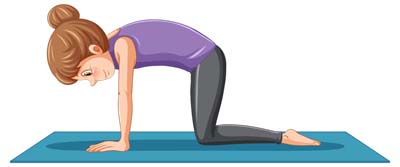
Adho Mukha Svanasana: This classic yoga pose stretches the entire body. Children can start on their hands and knees, then lift their hips towards the ceiling, forming an inverted “V” shape.
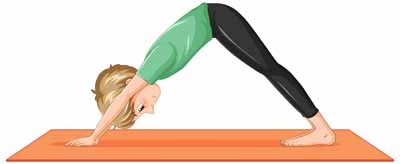
Baddha Konasana: This seated pose stretches the inner thighs and hips. Preschoolers can sit with their feet together, holding their ankles, and gently flap their knees like butterfly wings.
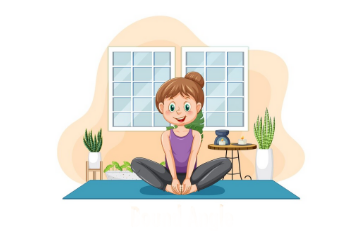
Setu Bandhasana: This pose strengthens the back and stretches the chest and spine. Kids can lie on their backs with their knees bent, feet flat on the ground, and lift their hips towards the ceiling.
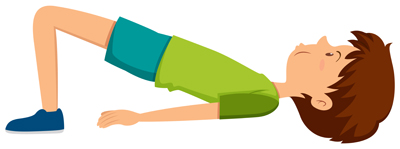
Balasana: A restorative pose that promotes relaxation and stretches the back and hips. Children can kneel on the floor, sit back on their heels, and stretch their arms forward, resting their foreheads on the ground.

Creating a Yoga Poses Chart for Kids
To engage preschoolers and make yoga more appealing, consider creating a yoga poses chart for kids. Here’s how:
Select Poses: Choose a variety of poses that are simple, safe, and beneficial for flexibility.
Illustrate Poses: Use colourful images or illustrations of each pose to capture the children’s interest.
Provide Instructions: Include easy-to-understand instructions for each pose.
Track Progress: Allow kids to use stickers or markers to track the poses they practice, making it a fun and interactive activity.
Tips for Teaching Yoga to Preschoolers
Keep it Fun: Use games, music, and storytelling to make yoga sessions enjoyable.
Be Patient: Remember that preschoolers have short attention spans. Keep sessions short and engaging.
Use Visual Aids: Visual aids like yoga pose charts for kids can help maintain their interest and make learning poses easier.
Encourage Participation: Motivate kids to participate by practising yoga with them and offering positive reinforcement.
Benefits of Yoga Beyond Flexibility
While improving flexibility is a significant advantage, yoga offers a host of other benefits for preschoolers:
Improved Concentration: Yoga helps kids develop focus and concentration, which contributes significantly to their academic and personal growth.
Emotional Regulation: Yoga teaches mindfulness and breathing techniques that can help children manage their emotions better.
Physical Fitness: Regular yoga practice enhances overall physical fitness, including strength, balance, and coordination.
Boosted Confidence: Mastering new poses and seeing progress can boost a child’s self-esteem and confidence.
Including yoga poses for kids in the routine of preschoolers is a wonderful way to enhance their flexibility and overall physical health. Starting with easy yoga poses for kids and using a yoga poses chart for kids can make the process engaging and enjoyable. By encouraging consistent practice and creating a fun and supportive environment, preschoolers can develop a love for yoga that will benefit them throughout their lives. Remember, the key is to keep it simple, safe, and fun, allowing children to explore their physical capabilities while fostering a sense of mindfulness and well-being.
At Mother’s Pet Kindergarten, we believe in nurturing every aspect of a child’s development, and incorporating simple yoga poses for kids into our daily curriculum is just one way we achieve this. By promoting flexibility through yoga, we aim to build a foundation of physical health, emotional balance, and mental focus that will serve our preschoolers well into their future. Our approach ensures that children experience the joy and benefits of yoga in a supportive and encouraging environment.






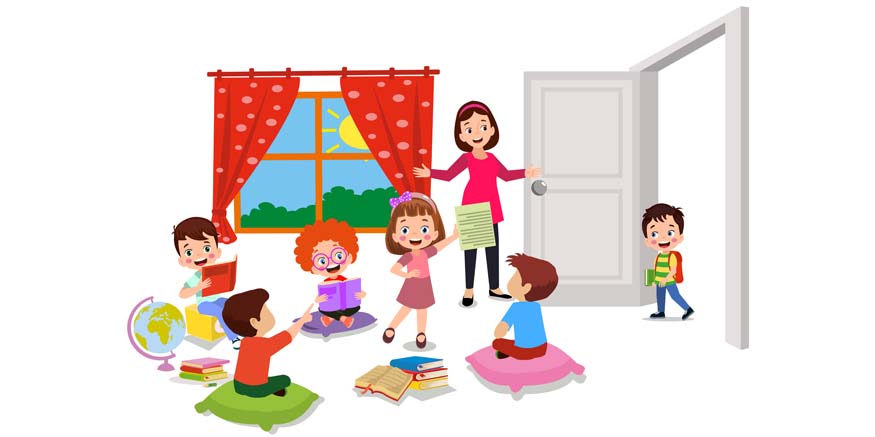
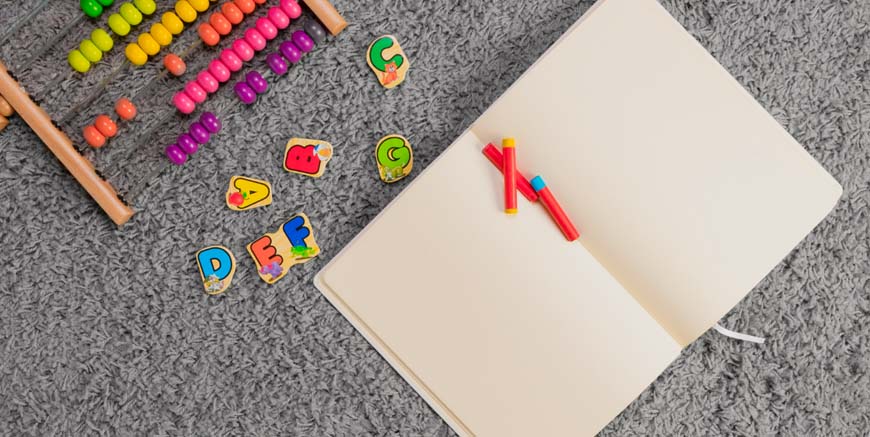



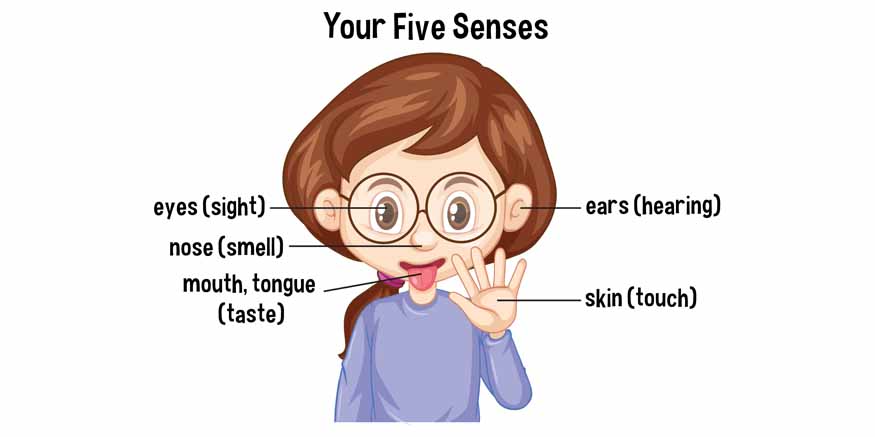

Recent Comments